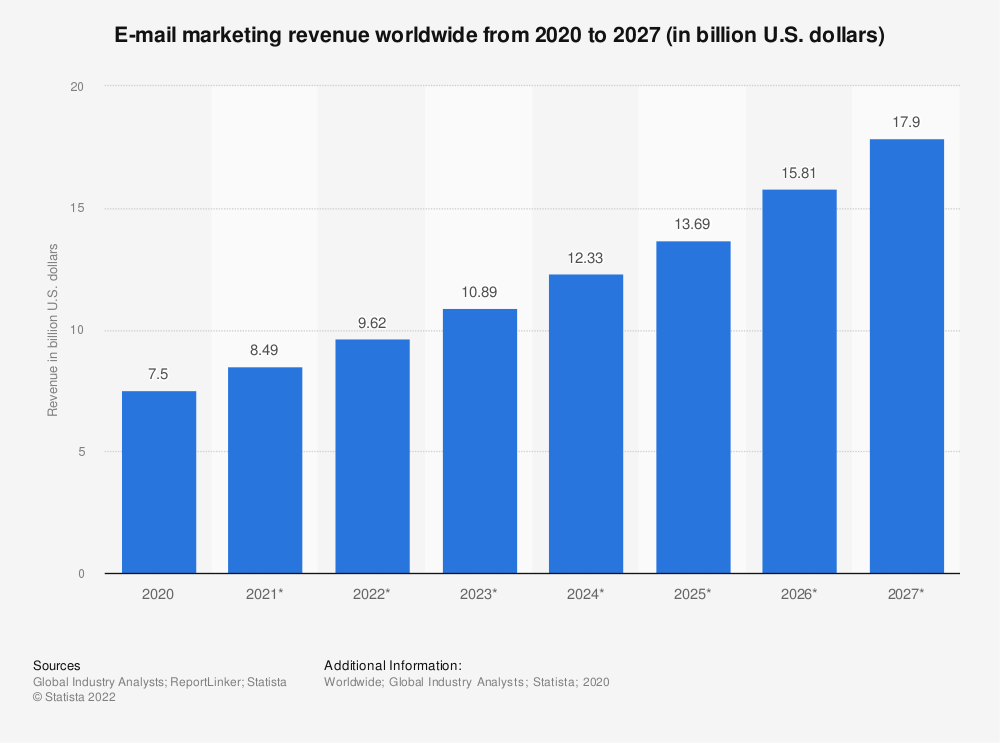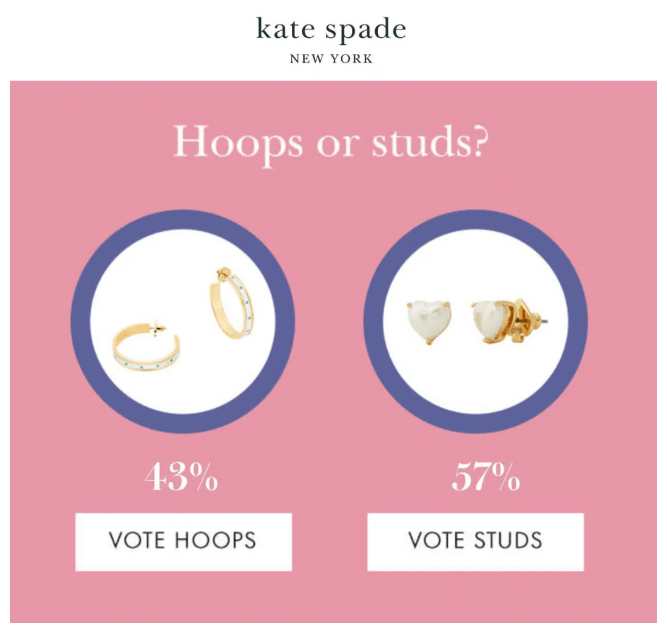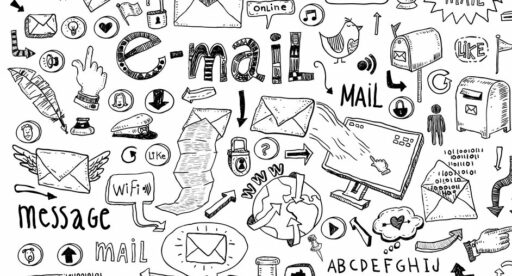Email marketing might be one of the oldest channels in digital marketing, but it certainly hasn’t had its day. With the rise of social media, PPC and influencer strategies, it can be easy to forget that email marketing is still one of the most effective ways to communicate with a targeted audience.
The average ROI on email marketing is an impressive 36:1. Add to this that many businesses report email as being better at converting customers than search and social combined, and it’s not hard to see why it’s so important to stay on top of your email marketing strategy.

4 Email Marketing Trends You Have To Know for 2024
The team at Dialpad has put together their top 4 email marketing trends to help you achieve the best results from your email marketing in 2024.
1. Personalization
In a world where consumers are bombarded with brands at every touch point, personalization can be your greatest weapon in breaking through the noise and engaging your customer.
Personalized marketing is fast becoming a consumer expectation, and not personalizing your messaging can quickly turn off customers.
Imagine that you’re a company selling small business telephone systems, and a potential customer has recently watched your demo. If that customer then receives a generic email inviting them to watch the same demo video, this could cause them to unsubscribe.
Personalization is also extremely effective when used as part of a cold email campaign. Cold emails are much more likely to have higher open rates if the content appears relevant and unique. This highlights the importance of personalization and also understanding your audience’s needs.
Personalization is arguably one of the most important tools in email marketing for 2023, so let’s talk a little more about creating great, personalized emails in the next section on segmentation.
2. Segmentation
You can quickly build a sizeable mailing list from previous shoppers or those who choose to subscribe to your content. To further boost your audience, an interactive pop-up on your website can be a great way to capture potential customers’ email addresses and keep them engaged with your brand, even if they don’t buy from you on the first visit.
Once you have your mailing list, it’s important to segment your audience as much as possible. With 91.5% of respondents saying that segmentation increased subscriber engagement, email personalization is more than just using your customer’s name in the subject line. Keep track of what your customers have purchased, how they engage with your brand, and on which channels. You may also want to use email finder tools to help with this so that you can verify contact information, identify and track leads, and automate the cold emailing process.
Once you have well-defined audience segments, you can make sure that your emails speak to their specific needs. This could include tailored messages and promotions, recommending products based on previous purchases, and sending triggered emails based on the content they have viewed. For example, if a customer has read 2 articles on your blog about a certain topic, a triggered email could send them more information or links that they would find helpful.
You may find it helpful to use shared inbox software to help categorize different email groups, and it will also be useful for collaborative work that involves sending emails.
3. Interactivity
Interactive emails are set to be a top trend again going into 2023. Including interactive elements in your emails can help attract readers’ attention and encourage them to engage more with your content.

Some examples of interactive elements you could integrate into your emails are image carousels, videos, GIFs, polls, countdown timers, or quizzes. Using some simple interactivity in your emails can take your emails to a whole new level, from a static message to a complete experience.
By engaging your audience with fun and interactive content, they will start to look forward to receiving emails from you, which in turn improves your open rate and conversion.
4. Storytelling
In a crowded market full of brands fighting for consumer attention, storytelling is a powerful tool for connecting with your audience. Interspersing promotions or product information with good storytelling tells your customers who they’re buying from, what your brand does, and why they should care.
Connecting with consumers on this deeper level can reap a host of benefits for your brand, including improved customer retention and loyalty. Here are a few ideas for promoting more storytelling through your emails for 2023:
- Share insider information
Give your audience a behind-the-scenes look at what goes on in your brand. Consider sharing events, stories, videos, or more information on your team. By authentically talking to your customers and giving them access to exclusive information, they feel more connected to your brand and part of your community. - Feature success stories
Success stories should be more than just a customer quote or testimonial. Use your customers as real-life case studies and show how your brand has benefited them and improved their lives. Success stories from your customers build trust in your brand and products, as well as allowing you to talk about your product’s features authentically. - Share your brand purpose
Talking about your brand origins, goals, and plans helps your audience to feel connected to your brand and sets you apart from your competitors. It allows you to showcase what makes you special, stand out from the crowd and entertain your readers.
Are you ready for 2023’s email marketing trends?
Consumer behavior and email marketing trends are always changing. What worked 2 years ago may not work now. That’s why it pays to invest some time into your strategy and tap into the latest best practices in marketing.
Keeping these 4 trends in mind will help you to get the most out of your email marketing for 2023, creating a lasting impression on your audience and improving your open rate and conversions.

This guest post was written by Jenna Bunnell, Dialpad’s Senior Manager for Content Marketing. Dialpad is an AI-incorporated cloud-hosted unified communications system for business owners and sales reps.








